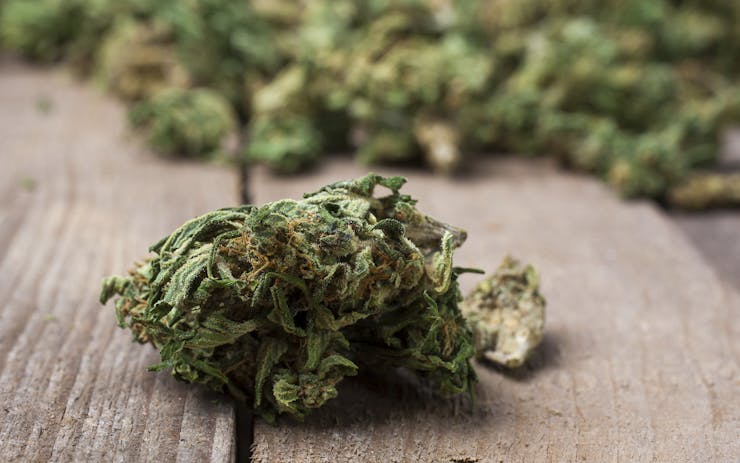In order to undercut the country’s estimated $7-billion-per-year black market, a panel charged with outlining Canada’s forthcoming regulated system will recommend that policymakers keep prices low and allow legal sales to young adults.
Details of the panel’s report, expected to be made public Dec. 21, emerged this week in a National Post story by John Ivison, citing sources familiar with the report. The top priority when the country legalizes adult-use cannabis next year, the panel recommends, should be to squelch the country’s black market.
That means setting tax rates and regulatory fees low enough so legal cannabis can undercut the current street price of around $8-$10 per gram, the Post reports. It also means ensuring that younger consumers, aged 18-21, have access to the legal market. Even the framework for distribution, the panel says, should be aimed at ensuring a safe, controlled supply of cannabis.
Legalization in the country has been a long time coming. Prime Minister Justin Trudeau was elected last year in part on a promise to legalize, and a bill to that effect is expected to be introduced this coming April, with sales expected as soon as 2018. How exactly the legal market will work, however, remains unclear. The panel’s report is one of the first indications of how the system could eventually function.
Provinces will set the legal age of consumption. But while the Canadian Medical Association has recommended an age limit of 21, the panel report, according to Ivison in the Post, will recommend setting the age lower, at a province’s age of majority: 18 in some parts of the country, 19 in others.
The report is also expected to recommend that the existing mail-order system used for medical cannabis be maintained. As it currently functions, the system allows cannabis to be tracked from seed to customer. Canada Post already makes legal deliveries of alcohol that require age verification.
On the production side, the report is expected to recommend that the country’s 36 existing licensed producers continue to produce Health Canada-approved cannabis. Other aspiring growers would need to apply for production permits.
A distribution model would be set in consultation with the provinces, according to Liberal Member of Parliament Bill Blair. Some provincial governments, such as Ontario, have discussed selling cannabis through 600 government-owned liquor stores, but critics have called that a bad idea, citing concerns about aggressive marketing as well as having the two products on the same shelves.
Taxes aren’t likely to bring in the billions that some expected—at least not at first. The Parliamentary Budget Officer in November suggested revenues could be just $618 million when the system launches. About 60 percent of that would go to provincial governments. (Colorado brought in about $135 million in cannabis taxes and fees in 2015. Colorado has a population of about 6 million people. Canada has 35 million people.)
While the final panel report has yet to be made public, the Post reports that it’s already being circulated. On Thursday, Justice Minister Jody Wilson-Raybould was asked about a spike in the trading of cannabis-industry stocks, which some think could have been triggered by a leak of the report. She replied that she hadn’t seen the final report and that any leaks would be investigated by the Ontario Securities Commission.





